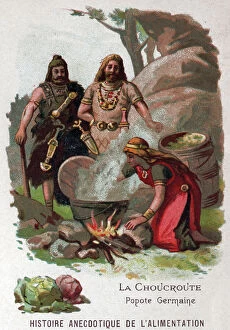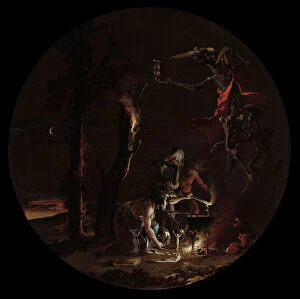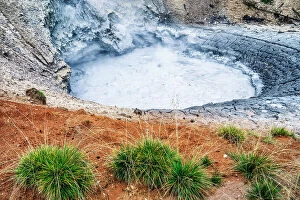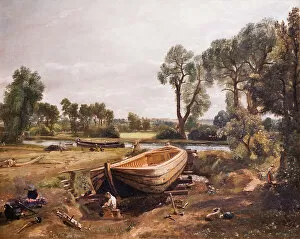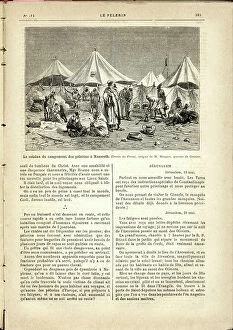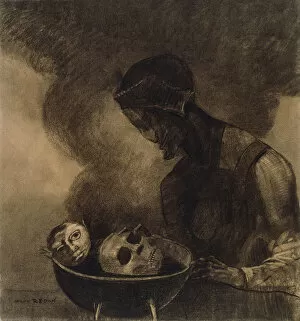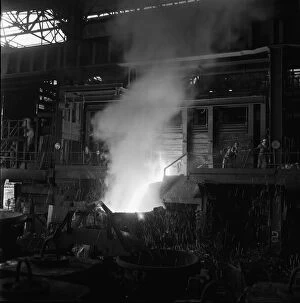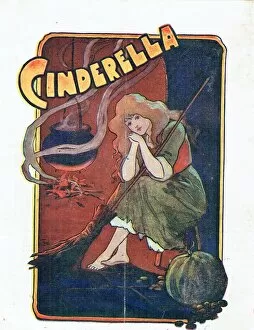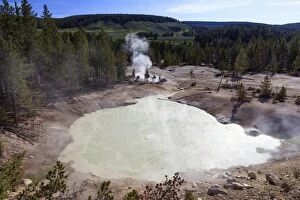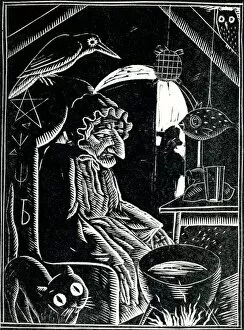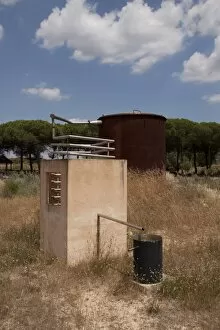Caldron Collection
In the depths of history and art, a caldron emerges as a symbol of diverse tales and crafts
For sale as Licensed Images
Choose your image, Select your licence and Download the media
In the depths of history and art, a caldron emerges as a symbol of diverse tales and crafts. From boat-building near Flatford Mill in the 19th century to the kitchen of a pilgrim camp in Nazareth, this vessel has witnessed countless narratives unfold. An anonymous print from The Pilgrim dated back to October 6th, 1882, invites us into the humble abode where weary travelers sought solace. A cauldron simmering with warmth becomes the heart of their communal sustenance, nurturing both body and spirit during their sacred journey. Engraved on Penitence Pilgrimage to the Holy Places from April 25th to June 8th, 1882, we glimpse an image that captures devotion and penance. Amidst this spiritual endeavor stands a cauldron brimming with significance—a vessel that holds not only nourishment but also collective prayers for redemption. The Fool In Love With Himself (1660-86) dances onto paper through brush strokes and Indian ink. Within this whimsical artwork lies another representation of our enigmatic caldron—perhaps serving as a metaphor for self-absorption or unrequited love. Its presence reminds us that even folly can be found within its depths. Similarly depicted in The Gift-Loving Jester (1660-86), our cauldron takes on yet another guise—an emblematic container for jesters' antics and mirthful revelry. It symbolizes laughter bubbling over like boiling potions brewed by these merry entertainers who bring joy wherever they go. But let us not forget Cauldron of the Sorceress (1879), charcoal etched upon paper—a depiction shrouded in mystery and enchantment. Here, our vessel transforms into an instrument wielded by sorcery itself—an embodiment of magic's power brewing within its darkened confines. Beyond artistic renditions lie practical applications—the Cinderella Flyer for the Theatre Royal in Darwen, Lancashire.

